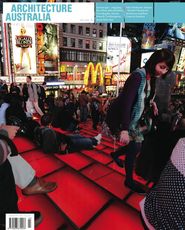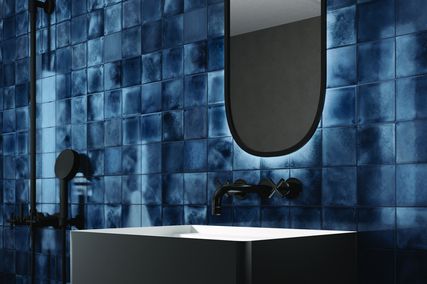Architecture Australia is once again involved with a number of award programs this year. We are presenting major coverage of the Australian Institute of Architects’ National Awards, as the magazine has every year since the awards’ inception in 1980. This year’s coverage begins in this issue, with the first of the Queensland Regional Awards included in Radar Headlines. The outcomes of the State Awards will be featured in the following two issues, leading up to the extensive coverage of the National Awards in the November/December issue. This will again include interpretation and comment on the outcomes by two respected independent critics – a section initiated by Carey Lyon when he was jury chair, and which we enthusiastically continue as a contribution to the healthy debate around awards outcomes and processes.
This is the second year that we are involved in the WAF Awards, a rather newer program, which is the centrepiece of the World Architecture Festival held for the second time in Barcelona in early November. Architecture Australia is the Australian media partner, so I have the good fortune to once again participate as a juror. Last year Australian projects held up very well against stiff competition in the inaugural awards, with two – Phooey’s Children’s Activity Centre and Lyons’ Morning Centre – being highly commended.
The WAF Awards process follows a structure similar to that developed in the Victorian State Awards’ “Presentation to Juries” (and now being adopted by other states). In Victoria, the presentation day has become a major item on the architectural community’s calendar – it is an intense event as huge audiences move in swathes between rooms, cramming in to see the favourites and gossiping in the foyer. It is a great opportunity to catch up, as well as to see and comment on what has been produced in the last year. The WAF program differs in that the juries must make their final decisions in the half hour following the last presentation (in Melbourne the presentations form the basis for the jury’s shortlist of projects to be visited). This adds pressure to the process – perhaps turning it into the “Idol” of international architecture, as one colleague wryly observed. Nonetheless it is a great way to directly participate in international architectural culture. Last year some juries were fantastic – engaged, witty and insightful – Peter Cook was a highlight as he trampled architectural pretence and held forth on many and varied themes. Other juries were rather more sombre, asking few questions and scarcely communicating with either presenters or audience. Over time, and with Cook having set the standard, I expect the whole event to become as charged and informative as the Melbourne version. To help generate this level of intensity I encourage Australian architects to enter again this year, thereby generating an even stronger contribution from the antipodes.
The last award Architecture Australia is involved with is, of course, our own AA Prize for Unbuilt work. Now in its third year, the prize is quickly building momentum, and the changing economic climate may mean there is more unbuilt work waiting to be seen. So, do enter and give your projects the potential to have an ongoing life in architectural debate and discussion.
Justine Clark, editor Architecture Australia.















